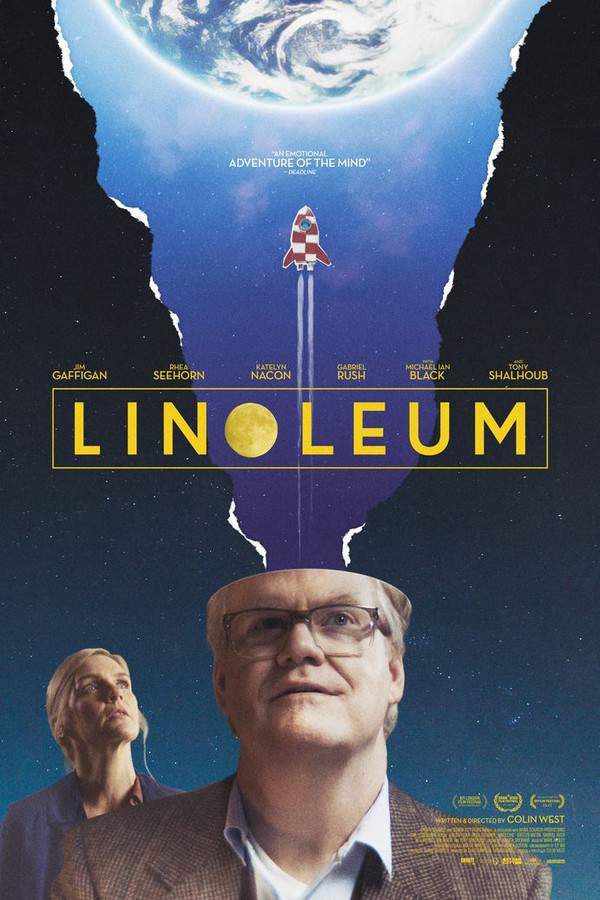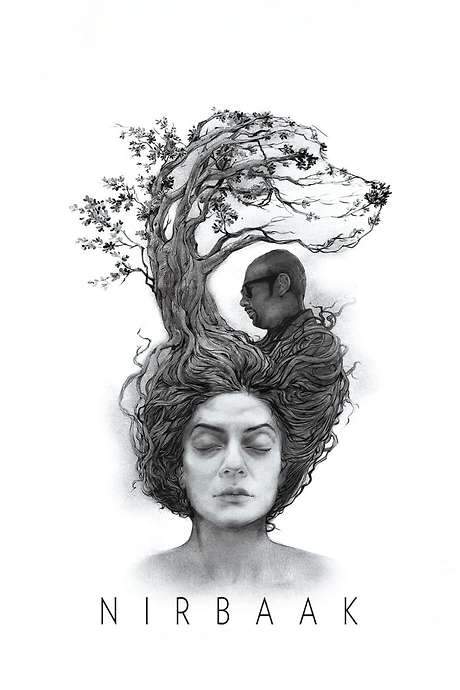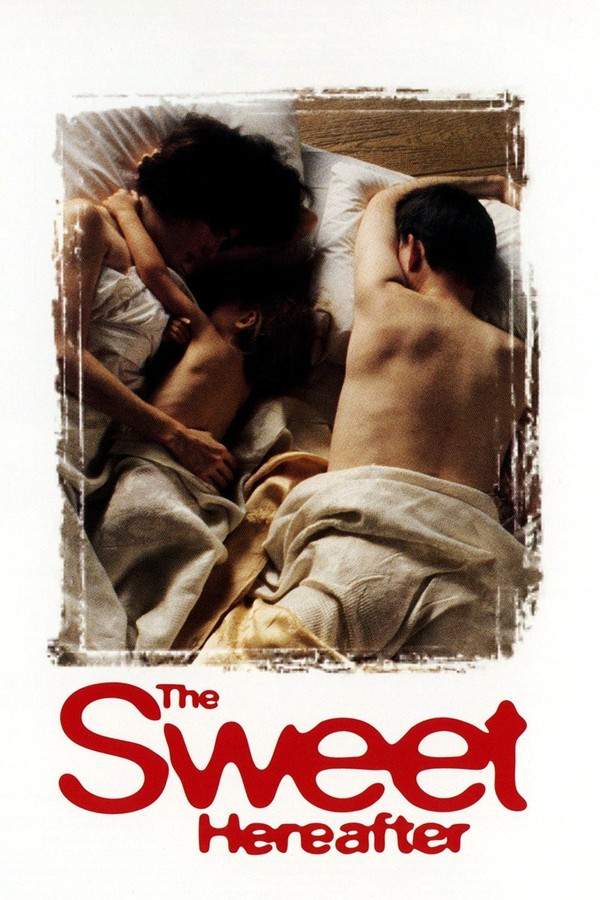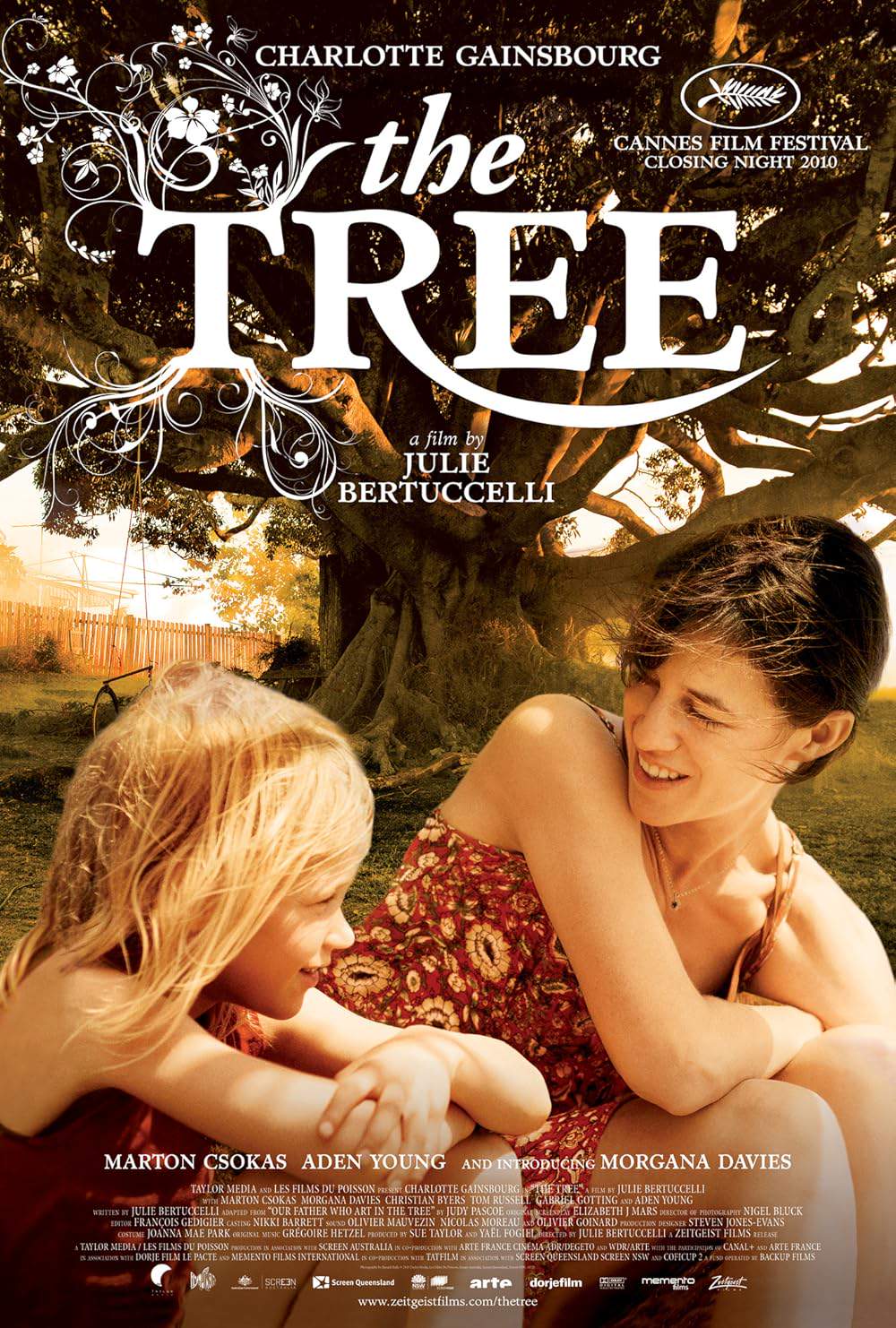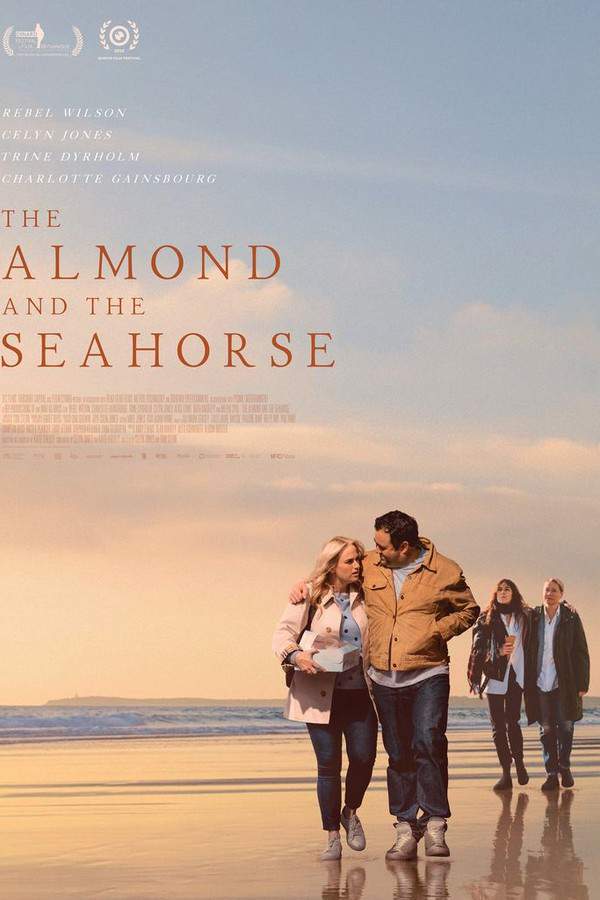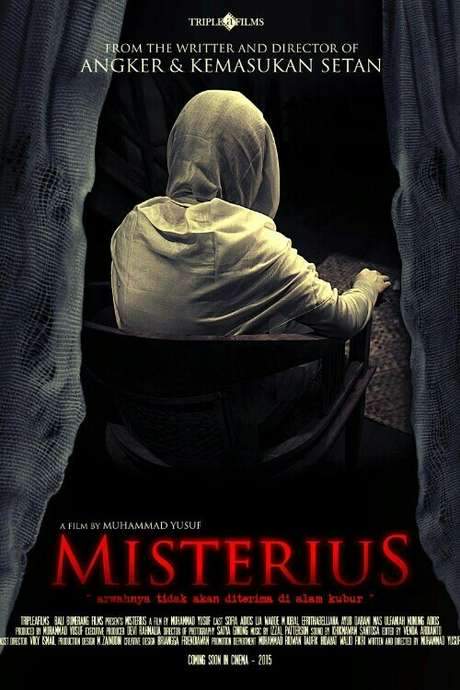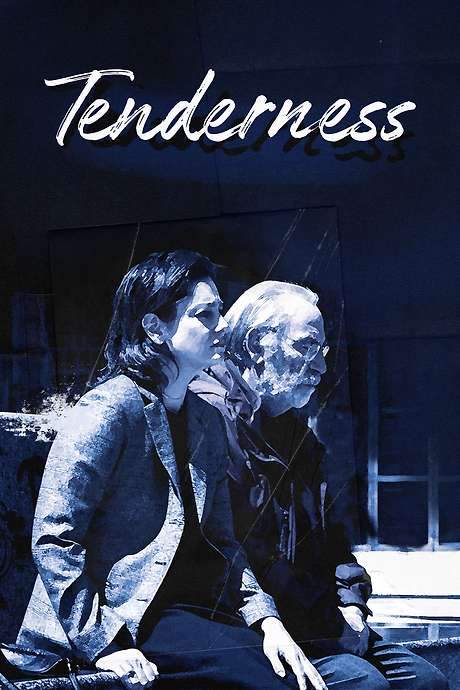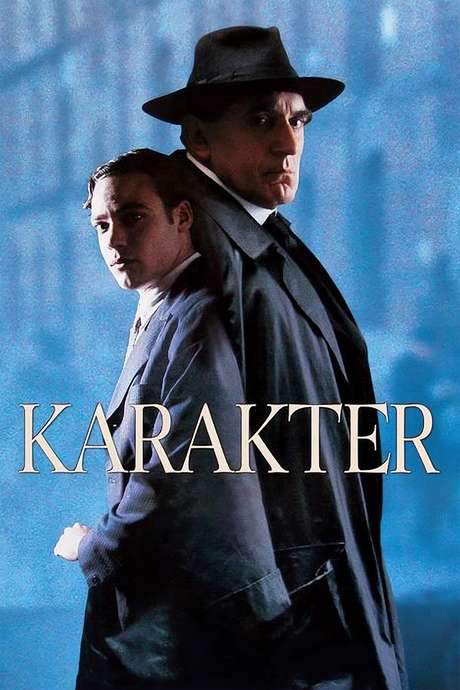-HOGtBZMKH4I3HQ.jpg)
Surviving Life (Theory and Practice)
Year: 2010
Runtime: 105 mins
Language: Czech
Director: Jan Švankmajer
Eugene, an aging man, lives a split existence—one grounded in reality, the other in a vivid dreamscape. Seeking insight, he consults a psychoanalyst who attempts to decode his nightly visions. Eventually, Eugene learns to enter his dream world voluntarily, uncovering memories of his childhood and the true story of his parents.
Warning: spoilers below!
Haven’t seen Surviving Life (Theory and Practice) yet? This summary contains major spoilers. Bookmark the page, watch the movie, and come back for the full breakdown. If you're ready, scroll on and relive the story!
Surviving Life (Theory and Practice) (2010) – Full Plot Summary & Ending Explained
Read the complete plot breakdown of Surviving Life (Theory and Practice) (2010), including all key story events, major twists, and the ending explained in detail. Discover what really happened—and what it all means.
The film opens with a wry, self-deprecating introduction by director Jan Svankmajer, who gently reminds us that what follows is not live-action but a meticulously crafted paper-cutout world. This opening sets a sly, dreamlike tone that invites quiet contemplation rather than simple spectacle.
In the city, Evžen carries a colossal egg, a surreal image that immediately disturbs everyday life. When a woman mistakes him for a man named Milan, the moment becomes a doorway to possibility. Milada, Zuzana Kronerová, is drawn into the moment as the egg teeters and then rolls away, and a casual coffee plan with her, and with the enigmatic Eva, seems almost within reach. Yet the realidad snaps back when Evžen is jolted awake in bed by his wife Milada, revealing that the encounter was only a dream.
Haunted by the dream’s allure, Evžen longs for a reunion with the mysterious woman. He follows a self-imposed ritual: he overeats on the advice of a coworker to spark a new dream, even if it makes him physically ill. When sleep returns, the woman reappears, now going by Eliza, and she invites him to her world. He travels with her to her dwellings, where he dances and notices the scars on her wrists—remnants of a suicide attempt. The dreamscape is populated with other figures who will recur in his nocturnal journeys: Eliza’s son Peter; an elderly homeless woman who embodies the superego, a figure brought to life by Emília Došeková; and Peter’s father Milan, who bears an uncanny resemblance to Evžen.
Seeking insight, Evžen turns to psychoanalytic theory through the lens of Dr. Holubová, Daniela Bakerová, who examines his dreams in terms of Freudian and Jungian symbolism. In a deeper dive, Evžen returns to the dreamscape to discover that Peter has vanished and the dream woman—now named Emily—has no memory of her son. The stakes intensify when Milan confronts him in the dream and, in a fatal accident, trips over Peter’s blocks and dies after striking his head.
As the lines between waking life and dream life begin to blur, Evžen pursues lucid dreaming with a renewed energy. He even finances his nocturnal explorations by winning lottery money and buying a book on lucid dreaming. His day job suffers for his distraction: he is fired for reading something unrelated to work. Delving into his late mother’s belongings, he discovers items that Emily also owns—a red dress and a crocodile-skin bag—hinting at a deeper connection between his past and his dream life. By following the methods described in the book, he realizes he can induce a dream state every time he sleeps. He rents a private apartment to dream without interruption and returns nightly to Evženie, the woman who has now taken up residence in his imagination. The pair even conceive a child within the dream world.
Milada grows suspicious of her husband’s apparent infidelity and follows him to Dr. Holubová’s practice. After Evžen leaves, Milada confronts the doctor and, upon learning about the parallel life her husband leads in his dreams, ventures into the dream world herself to meet Evženie and scold her for “stealing” Evžen.
Back in the waking world, Evžen discovers a photograph of Evženie, Peter, and Milan with the photographer, Fikejz. Miroslav Vrba pieces together that the photo shows a younger version of Evžen and his family, revealing a history his waking self had never fully understood: his father died just as Milan did, and his mother slit her wrists in the bath, echoing the dream’s imagery.
Armed with this truth, he returns home with Milada and faces a crucial choice: between Evženie and his real-life wife. He chooses Evženie. Yet the closing vision remains intensely symbolic: in Evženie’s dream, a giant Evženie slits her wrists in a dramatic, bloody bathtub scene. He breaks down in tears as Evženie places him in the bath and teaches him how to swim through the red, seaborne water—an instruction that speaks to survival in a life where the boundary between dream and reality is forever porous. The film ends on a note of fragile resilience, suggesting that to live is to navigate between two intertwined worlds, and that love may endure even as the line between imagination and life dissolves.
Last Updated: October 09, 2025 at 16:55
Explore Movie Threads
Discover curated groups of movies connected by mood, themes, and story style. Browse collections built around emotion, atmosphere, and narrative focus to easily find films that match what you feel like watching right now.
Surreal psychoanalytic dream journeys like in Surviving Life (Theory and Practice)
Films that explore the unconscious mind through surreal, symbolic dreamscapes.If you enjoyed the dreamlike exploration of the psyche in Surviving Life (Theory and Practice), you'll find similar movies here. These films use surrealism and non-linear narratives to delve into the unconscious mind, memory, and identity, often featuring therapy or self-analysis as a central theme.
Narrative Summary
Stories in this thread follow characters on a journey into their own minds, often guided by therapy or a personal crisis. The plot unfolds through a series of symbolic visions or dreams that progressively reveal a hidden truth about the protagonist's past, leading to a confrontation with painful memories and a fractured sense of self.
Why These Movies?
These films are grouped together because they share a core premise: using the visual and narrative language of dreams to conduct a deep, often melancholic, psychoanalysis of a character. They prioritize symbolic meaning over conventional plotting and create a distinct, reflective mood.
Bittersweet excavations of painful memory like in Surviving Life (Theory and Practice)
Character-driven stories where uncovering the past brings a fragile, bittersweet resolution.For viewers who appreciated the heavy emotional weight and bittersweet conclusion of Surviving Life (Theory and Practice), this collection highlights movies about characters confronting childhood trauma or parental loss. These stories focus on the painful but necessary process of remembering to achieve a fragile peace.
Narrative Summary
The narrative pattern involves a slow, deliberate uncovering of a repressed childhood memory, often related to parental figures or a seminal tragic event. The protagonist's journey is one of avoidance, discovery, and eventual, reluctant acceptance. The resolution acknowledges the pain of the past while offering a glimmer of hope through understanding, resulting in a bittersweet emotional tone.
Why These Movies?
These movies share a specific emotional arc: a heavy, melancholic tone driven by the excavation of trauma, a slow and reflective pacing that mirrors the difficulty of remembering, and a concluding feeling that is bittersweet rather than purely bleak or happily resolved.
Unlock the Full Story of Surviving Life (Theory and Practice)
Don't stop at just watching — explore Surviving Life (Theory and Practice) in full detail. From the complete plot summary and scene-by-scene timeline to character breakdowns, thematic analysis, and a deep dive into the ending — every page helps you truly understand what Surviving Life (Theory and Practice) is all about. Plus, discover what's next after the movie.
Surviving Life (Theory and Practice) Timeline
Track the full timeline of Surviving Life (Theory and Practice) with every major event arranged chronologically. Perfect for decoding non-linear storytelling, flashbacks, or parallel narratives with a clear scene-by-scene breakdown.

Characters, Settings & Themes in Surviving Life (Theory and Practice)
Discover the characters, locations, and core themes that shape Surviving Life (Theory and Practice). Get insights into symbolic elements, setting significance, and deeper narrative meaning — ideal for thematic analysis and movie breakdowns.

Surviving Life (Theory and Practice) Spoiler-Free Summary
Get a quick, spoiler-free overview of Surviving Life (Theory and Practice) that covers the main plot points and key details without revealing any major twists or spoilers. Perfect for those who want to know what to expect before diving in.

More About Surviving Life (Theory and Practice)
Visit What's After the Movie to explore more about Surviving Life (Theory and Practice): box office results, cast and crew info, production details, post-credit scenes, and external links — all in one place for movie fans and researchers.





